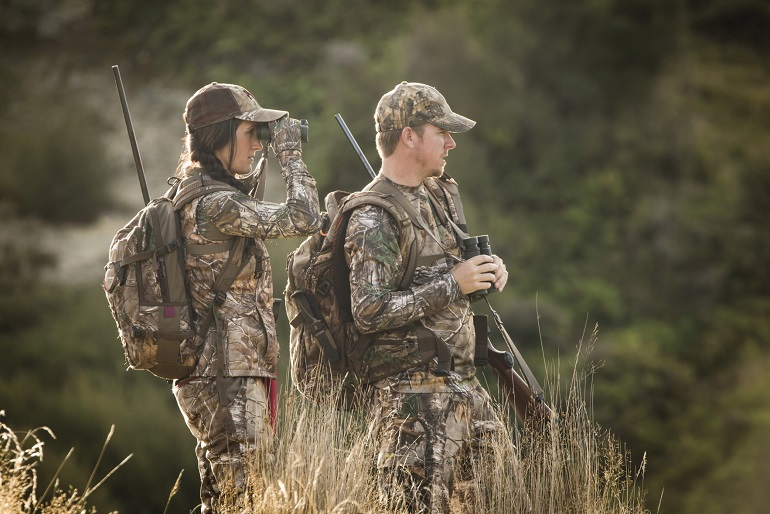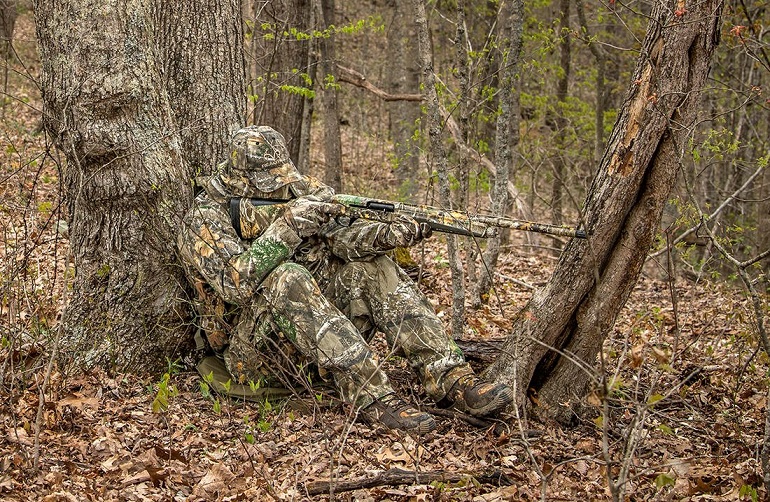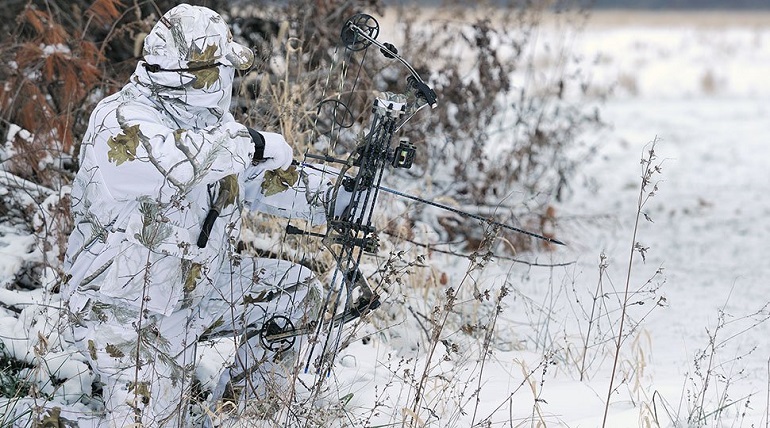If you’re new to hunting, your idea of essential hunting gear probably includes weapons, hunting packs, optics, and a variety of gadgets. As you become more experienced, you start to realize that hunting clothes are also an integral part of your gear for different reasons.
First, hunting clothes help keep you hidden from the prey you’re targeting. If the animal notices you, it will evade immediately. A good camouflage will allow you to blend in with the environment, helping you stay unseen. Second, proper hunting apparel will keep you warm and dry. You must be able to remain in your current location regardless of what the external conditions are.
The right hunting apparel will keep you warm dry by wicking away any excess moisture. You also must stay safe during hunting – other hunters should be able to recognize you from the animals they are trying to hunt. Adding some bright colour to your camouflage will keep you recognizable.
What Type of Clothing Do Hunters Wear?

As soon as you start shopping, you’ll notice that hunting clothes Australia retailers carry a variety of hunting items, everything from tuques to underwear is available in camo. So, how do you know what you really need?
Hunters often dress in layers to help maximize their concentration – especially when it’s cold. Not wearing enough layers can cause you to be cold and uncomfortable all day. Dressing in layers also allows you to take something off, in case you get a little too hot, and continue on with your day. Aside from layers, the material of the garment also counts a lot. Here is a look at what you’ll need.
Inner Layer
This is the layer that fits right up against your skin and its function is to wick moisture away from your body. It’s supposed to be the lightest layer and often includes long underwear, socks and thermal shirts. When shopping for hunting clothes Australia wide you’ll see that most inner layer clothes are made from merino wool.
That is because no other material regulates body temperature better than merino. Merino breathes and wicks moisture when it’s hot, and is warm on cold days. Another great quality of merino is that even after days of continuous wear, it doesn’t stink as synthetics do after just a few hours of wear.
Mid-Layer
The mid-layer on your layering system should include light insulating pieces that you can put on or take off easily according to the temperature and level of activity. Synthetic fleece pieces or merino options are both good choices.
Aside from being quiet, these options are also warm, allowing you to precisely manage your core temperature. Loose, easy-to-remove clothes make the best mid-layers options. Just make sure they aren’t too baggy, which could impair your movements and not offer proper protection during cold weather.
Outer Layer
This is the layer that will offer you protection from possible elements you will tackle. For this reason, your outer-layer clothing needs to be water repellent so in case you encounter rain or snow, there’ll be something to protect you and maintain temperate levels as well.
During hunting, you’ll also come across a lot of rocks and trees that might hurt you. Outer layers made from strong and highly durable materials will ensure you stay protected from such obstructions.
How Do You Know What Camouflage to Wear?

Different hunters will have different options regarding which camouflage pattern is the most effective. Based on where you’ll be hunting and what you’ll be hunting, there could be different types of camo that would give you the best chances of succeeding on your hunting trip.
Woodland
A popular camo pattern due to its ability to allow hunters to blend seamlessly in forested surroundings. Woodland patterns with greens and leaves are suitable for early seasons while the patterns with browns and bare branches should be the option for late fall/early spring. Your hunting style will also impact your decision. If tree stand is your game, you’ll need more contrast like limbs against the sky. If you’re in spot-and-stalk, you’ll need softer breakups to blend your profile in the surroundings.
Bush
Different from the woodland pattern which includes a number of elements and is focused on the breakup, the bush camo is more open to match the more open environment. This pattern is frequently used in Western terrains, and it can assist you to blend in when there are no objects to add contrast. This pattern will help you blend in with the dirt and dead grasses seen in this area, as well as other neutral colours.
Waterfowl/Marsh
This pattern features a combination of reeds, tall grasses, corn stalks and other elements commonly found in swamp areas. It is the ideal camo print for wetland hunters and swamp-stalking sportsmen. The long lines that imitate wetland plant life let you blend into the swampy surroundings, making you nearly undetectable to approaching game or flyover ducks. Marsh camo is excellent at what it does, but it is limited to the marsh due to its uniqueness. Camouflage for waterfowl is not advised for all-purpose use.
Snow/Winter

For a winter hunt when snow blankets the terrain, only white clothing won’t do the trick. Snow camo includes dark colours to the mix to blend you seamlessly into the snow landscape and confuse your game. Designed to reduce the amount of contrast your profile displays against the white, powdered backdrop, snow camo can be a useful weapon when the weather turns against you. Also, feel free to combine different prints with your snow camo. Snow print leggings and a woodland shirt may provide more coverage than an all-winter outfit if you’re tucked against a tree late in the season.

